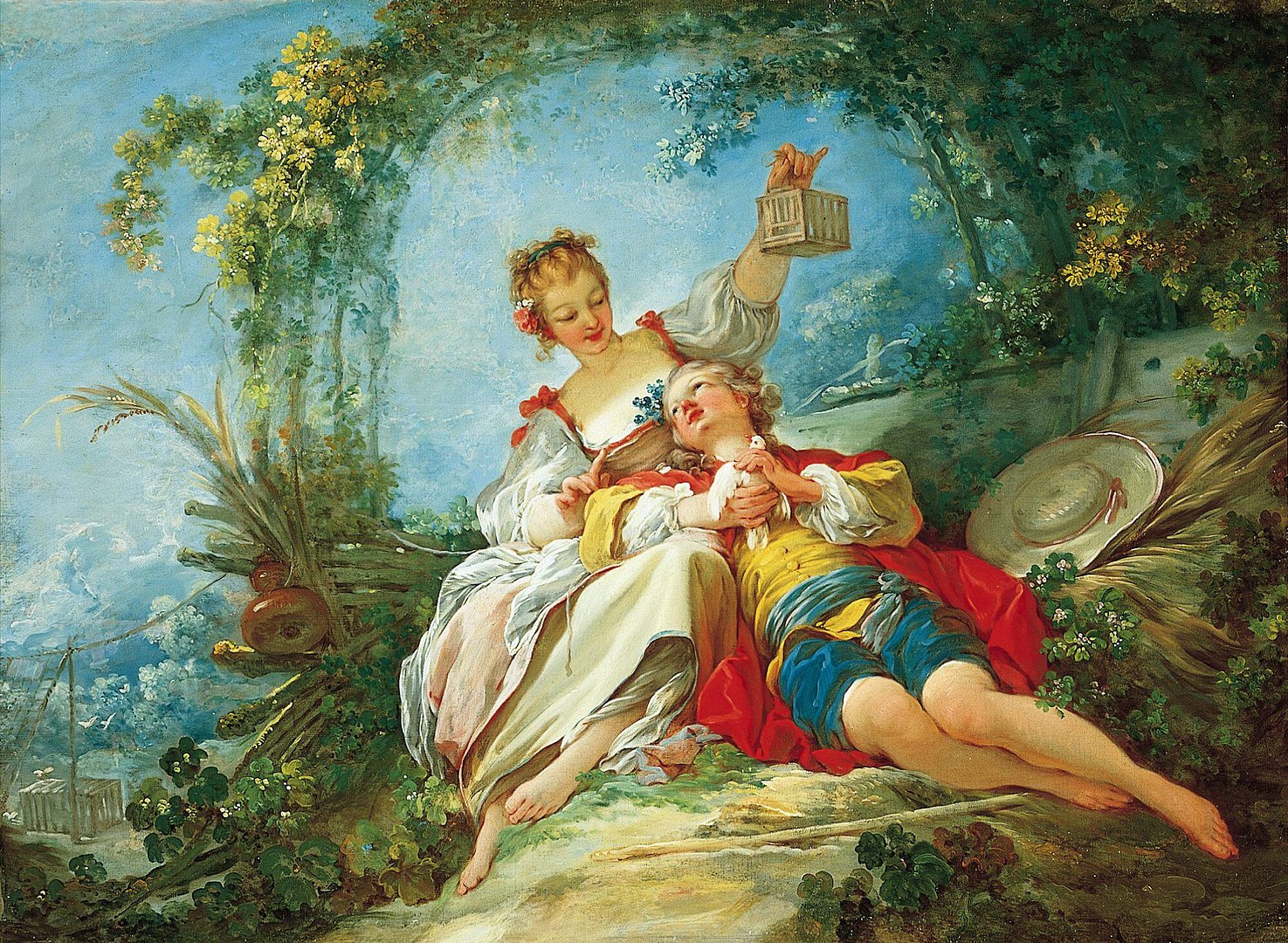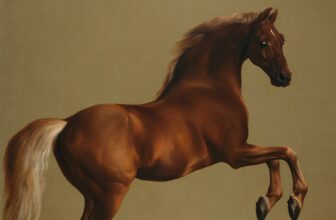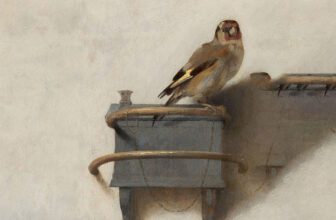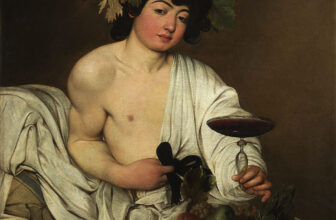
The Happy Lovers: A Story Behind Fragonard’s Masterpiece
In a world that often feels turbulent and uncertain, there’s a timeless allure in art that captures pure, unrestrained joy. Few paintings manage to bottle happiness as beautifully as Jean-Honoré Fragonard’s The Happy Lovers (Les Amants Heureux). Created in the mid-18th century, this painting is a celebration of love, intimacy, and the unguarded moments that define human connection. But The Happy Lovers is more than just a charming scene , it’s a glimpse into an era, an artist’s heart, and the eternal dance of affection and desire.
Let’s step back into time, into the sunlight-dappled world Fragonard so masterfully conjured.
Who Painted The Happy Lovers?
The Happy Lovers was painted by Jean-Honoré Fragonard, one of the leading French Rococo artists of the 18th century. Born in Grasse, France, in 1732, Fragonard was a master of portraying intimate, playful scenes with a light, airy touch.
His career flourished in an era when the French aristocracy craved art that was sensual, whimsical, and optimistic , qualities that Fragonard delivered with virtuosic skill. Although he was formally trained under François Boucher, another Rococo master, Fragonard quickly developed a signature style that emphasized lush landscapes, spontaneous brushwork, and a vibrant sense of life.
Fragonard’s works often explore themes of love, flirtation, and secret trysts, and The Happy Lovers is a jewel among his romantic oeuvre.
What Is The Happy Lovers About?
At first glance, The Happy Lovers presents a straightforward, almost cinematic moment: a young man and woman sit together under a tree, utterly absorbed in each other. They are dressed in elegant 18th-century attire , the woman’s silken dress gleams in the sunlight, and the man’s coat flutters slightly as he leans in, his attention entirely devoted to her. The setting is lush, almost idyllic, with flowers in bloom, a gentle breeze suggested by the movement of the leaves, and a warm, golden light suffusing the scene.
But the more one looks, the more layers of meaning unfold.
The painting captures a suspended moment of pure happiness. The two lovers are isolated from the world; in their gaze, in their gentle touches, there’s an intimacy so profound that it feels almost sacred. Their body language , leaning toward each other, hands lightly entwined , tells a story of trust, affection, and shared secrets. It’s not just a flirtation. It’s not just infatuation. It is the deep, genuine pleasure of simply being together.
Fragonard isn’t just showing a romantic liaison; he’s showing love as a natural state of being , carefree, full of life, blooming like the surrounding nature.
What Is Happening in The Happy Lovers?
The story The Happy Lovers tells is one of a moment frozen in time.
The woman sits slightly elevated on a garden seat, looking tenderly into the eyes of her companion. Her face radiates a soft, knowing smile , not a flirtatious grin, but a smile of contentment, as if she feels completely at ease and cherished. The man, perhaps slightly younger or simply more animated, leans eagerly forward, hand resting affectionately against her arm. His expression is a mirror of her joy , earnest, delighted, perhaps even a little awestruck.
All around them, nature echoes their mood. The tree branches seem to bend protectively over them, the leaves filter the light into a soft glow, and even the flowers seem to lean toward the lovers, participating in their happiness.
Unlike many of Fragonard’s other works, which often hint at the clandestine or risqué nature of love affairs, The Happy Lovers feels open-hearted and sincere. There’s no sense of secrecy or urgency here. The lovers are not stealing a moment , the world, it seems, has given them permission to simply be together.
This is love in its most innocent, joyful form.
The Deeper Meaning Behind The Happy Lovers
At its core, The Happy Lovers represents the ideal of love , not burdened by societal expectations, not shadowed by guilt or scandal, but celebrated as a force of nature, as vital and life-affirming as sunlight and blossoms.
During the Rococo era, paintings often depicted flirtations and assignations, emphasizing sensual pleasure and playful eroticism. However, The Happy Lovers stands apart by highlighting emotional connection over physical gratification.
The work can be seen as Fragonard’s tribute to youthful innocence, a reminder that true happiness often lies not in grand gestures, but in quiet, shared moments. It suggests that love, when unencumbered by artifice, is the most natural and beautiful of all human experiences.
Moreover, the painting reflects the Enlightenment ideals that were just beginning to shape European thought. Even as the aristocracy reveled in luxury, thinkers like Rousseau were romanticizing nature, simplicity, and sincerity. In this way, The Happy Lovers also becomes a bridge between Rococo frivolity and the more earnest emotional landscapes of Romanticism, which would soon sweep across Europe.
Fragonard’s brushwork itself tells part of the story. The loose, lively strokes, the soft blending of colors, the light suffusing every surface , all of these techniques heighten the sense of fleeting beauty. The painting feels alive, vibrating with the immediacy of the moment, reminding us that such happiness, while eternal in memory, is achingly brief in life.
Where Is The Happy Lovers Today?
Today, The Happy Lovers can be found in the Norton Simon Museum in Pasadena, California.
The Norton Simon Museum, renowned for its remarkable European art collection, is the perfect home for this masterpiece. Nestled among works by Rembrandt, Rubens, and Degas, The Happy Lovers continues to enchant visitors, drawing them into its sun-drenched world of affection and serenity.
Visitors to the museum often remark on how the painting seems almost to glow from within. Despite its modest size compared to monumental historical canvases, The Happy Lovers commands attention through its emotional resonance and exquisite execution. It remains one of the museum’s cherished treasures , a testament to Fragonard’s enduring ability to speak to the heart.
The Artistic Brilliance of Fragonard in The Happy Lovers
Beyond its emotional impact, The Happy Lovers is also a triumph of technique.
Fragonard’s mastery of color is on full display. The soft pinks of the woman’s gown, the rich blues and golds of the man’s coat, the deep greens of the garden , all harmonize in a symphony of hues that feels both exuberant and natural. Light dances across the surface, highlighting folds of fabric, glinting off curls of hair, kissing the lovers’ faces with warmth.
His use of brushwork is equally stunning. Look closely, and you’ll see that the painting is not meticulously detailed but rather vibrantly suggested. Fragonard’s loose, confident strokes allow the viewer’s imagination to fill in textures and contours. This technique gives the painting its sense of immediacy and spontaneity, as if the scene were unfolding before our very eyes.
Fragonard’s composition , placing the lovers slightly off-center, enveloped by the curve of the tree , draws the viewer’s gaze into their intimate world. Everything in the painting, from the tilt of the branches to the angle of their bodies, focuses our attention on the connection between the two figures.
In short, The Happy Lovers is not only an emotional tour de force; it is a technical masterpiece as well.
Fragonard’s Legacy and the Timeless Appeal of The Happy Lovers
Jean-Honoré Fragonard’s reputation suffered somewhat after the French Revolution, when Rococo style fell out of favor amid cries for austerity and realism. His lighthearted depictions of aristocratic leisure seemed out of step with the new social order. For a time, his works were undervalued, dismissed as frivolous relics of a bygone era.
But in the 19th and 20th centuries, artists and historians began to reappraise Fragonard’s genius. They recognized that behind the frothy surfaces lay profound insight into human emotion, a daring spirit of experimentation, and a technical prowess that influenced countless painters to come.
Today, The Happy Lovers stands as a shining example of why Fragonard’s art endures. It reminds us that, no matter how the world changes, the simple joy of loving and being loved remains one of life’s most essential experiences.
In a world often clouded by conflict and cynicism, Fragonard’s vision of love as light, natural, and beautiful offers a necessary balm for the soul.
A Love That Transcends Time
There’s a magic in The Happy Lovers that transcends centuries. It’s not just the beauty of the scene, the skill of the brushwork, or the charm of the Rococo style. It’s the profound truth that Fragonard captures: that real happiness often lies in the simplest of moments, shared quietly with someone we love.
When you stand before The Happy Lovers, you are not just looking at two 18th-century figures lost in affection. You are witnessing something timeless , the universal, ageless, radiant joy of human connection.
And perhaps, in doing so, you are reminded to cherish your own moments of happiness, fleeting though they may be, and to see them for what they are: little miracles, scattered like sunlight through the leaves.




